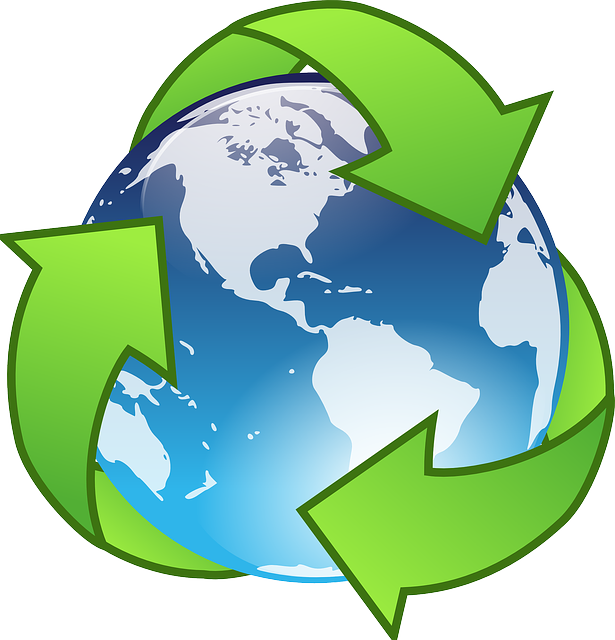[vc_row][vc_column width=”1/2″][vc_column_text]
Cambodia
Located in southeast Asia, Cambodia over the last decade has experienced strong economic growth with GDP growing at an average annual rate of 8%. In 2018, its GDP was $24.57 billion. The country has been designated as a least developed country by the United Nations. The country's economic system was modified during the mid-1990s from a planned economy to its current market driven system. Construction and real estate, tourism, garment production and agriculture were the sectors driving the majority of the growth. Women account for the majority of the workforce in the garment industry (which is quite similar to Bangladesh where more women are also employed in the ready-made garment industry), which accounts for 80% of the country's exports. Agricultural and sub-sectors are a source of livelihood for most of the rural household. The tourism sector has been flourishing with foreign arrivals exceeding 5.6 million in 2017. The country has been the recipient of strong international support due to the emergence of its democratic character. The 2015 International Trade Union Confederation Global Rights Index designated the country among the worst places in the world for organised labour. Corruption, high income inequality, limited manpower, substandard job prospects mean bleak prospects for long-term economic development. In 2016, the percentage of population living in poverty fell to 13.5%. The country has a young population with more than 50% younger than 25-years. Lack of education and a dearth of basic facilities-specifically in the impoverished countryside, have been among the biggest challenges faced by the country. Due to its continued economic growth over the years, the World Bank officially reclassified Cambodia as a lower middle-income country. This transition will trim the country's prospects for subsequent foreign assistance. Making a conducive business environment for private sector to flourish will be a major economic challenge for the country over the next decade. The country's total dependence on textile exports is worrisome because its Current Account Deficit (CAD) has been well above 9% since 2014.
[/vc_column_text][vc_column_text] Its population in 2018 was 16,245,729 [1]
Its population in 2018 was 16,245,729 [1]
 In 2015, 64.92% of its total energy
In 2015, 64.92% of its total energy
consumption was renewable [2]
 In 2021, its GDP grew by 3.03% [2]
In 2021, its GDP grew by 3.03% [2]
 In 2021 it had a negative Current
In 2021 it had a negative Current
Account Balance of US$bn 6.99 [3]
 Its Expenditure on R&D (as a percentage of
Its Expenditure on R&D (as a percentage of
GDP) in 2015 was 0.12% [2]
What free trade areas or economic unions is it a member of?
Member of the Association of Southeast Asian Nations (ASEAN) since 30/04/1999
Other members:
Brunei Darussalam, Indonesia, Lao People's Dem. Rep., Malaysia, Myanmar, Philippines, Singapore, Thailand, Vietnam
What trade deals are there between Association of Southeast Asian Nations and other countries and economic unions?
ASEAN - Japan Comprehensive Economic Partnership (from 01/12/2008)
ASEAN - Australia - New Zealand Free Trade Area (from 01/01/2010)
ASEAN - China Free Trade Area (from 01/01/2010)
ASEAN - India Free Trade Area (from 01/01/2010)
ASEAN - Korea Free Trade Area (from 01/01/2010)
Free Trade Agreement between Hong Kong, China and the Association of Southeast Asian Nations (from 11/06/2019)
[/vc_column_text][vc_column_text]What trade deals are there with other countries and economic unions?
None
[/vc_column_text][/vc_column][vc_column width=”1/2″][vc_column_text]Frontier Asia and Hopes for More Inclusive Growth
Trade with the United Kingdom
Source: UK Office for National Statistics, October 2022.
Contains public sector information licensed under the Open Government Licence v3.0.
Loading, Please Wait!
This may take a second or two.


















































































